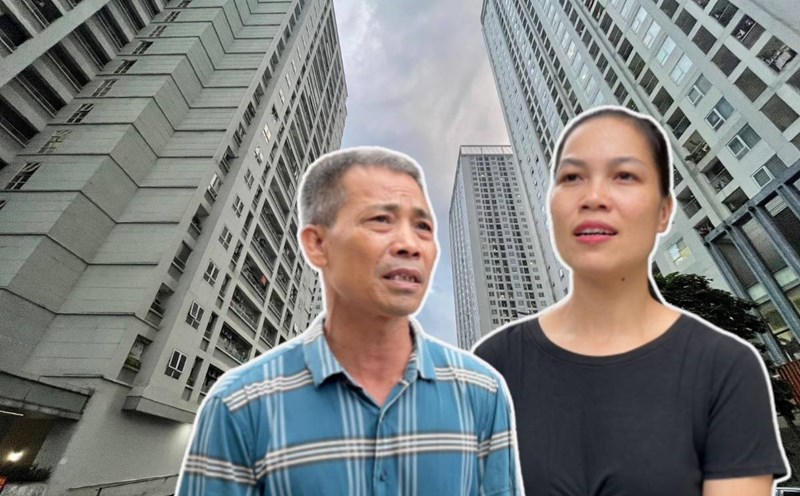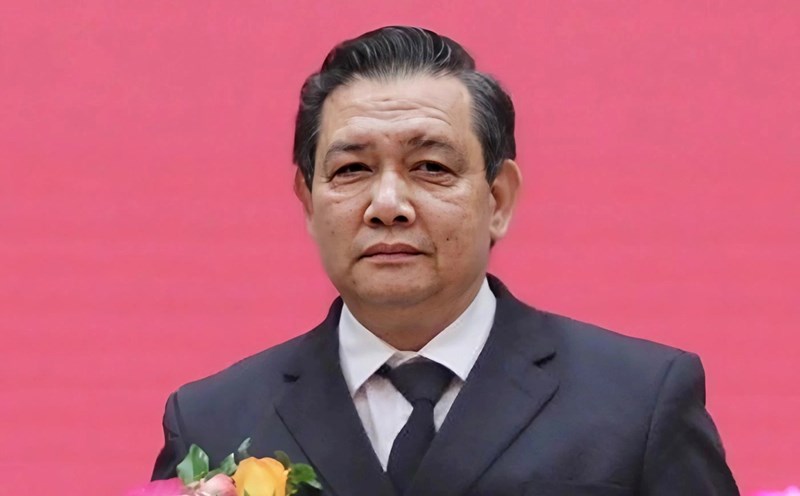According to data from Batdongsan.com.vn, Hanoi is the leading locality in the country in real estate price growth in the period of 2021-2025, with an increase of up to 112%. Hai Phong ranked second with an increase of 71%, while Da Nang reached 53%. Ho Chi Minh City - the locomotive of the Southern economy - recorded an increase of 42% in 5 years.
Information recently released by the Ministry of Construction also shows that in the first 9 months of 2025, the average selling price of primary apartments in Hanoi is currently at 7080 million VND/m2, an increase of 5.6% compared to the beginning of the year and 33% compared to the same period in 2024.
Notably, many luxury projects have recorded prices from 150 to 300 million VND/m2. In Ho Chi Minh City, the average primary price is about 75 million VND/m2, stable compared to the first quarter of 2025 but increasing by 36% compared to the same period last year. Some high-end projects in the center and urban areas have just reached 150 million VND/m2 or more, showing that the trend of high "oared" prices continues.
Not only apartments, the townhouse and villa segment also recorded an escalating price increase. In Hanoi, the common price ranges from 100200 million VND/m2, while high-end projects with prime locations exceed 300 million VND/m2.
In Ho Chi Minh City, the primary price is 230300 million VND/m2, some high-end products exceed 300 million VND/m2. In tourist cities such as Da Nang, the price of townhouses and villas ranges from 80150 million VND/m2, with coastal areas and centers reaching high levels thanks to the advantage of location and tourism potential.
Ms. Do Thu Hang, Senior Director, Research & Consulting Services, Savills Hanoi, said that in the last 6 months of 2025, it is expected that there will be about 11,500 apartments for sale in Hanoi, focusing on the A and B class segment.
However, product diversity is still limited. From 2026, when many projects complete legal procedures, supply will increase sharply. In the 2026-2027 period alone, the Hanoi market can welcome about 46,600 apartments from 43 projects, mainly outside the central area. This will create pressure to adjust prices, but the adjustment is expected to only occur in places with abundant land funds and unsynchronized infrastructure.
With projects with strategic locations in the 23 belt, implemented by reputable investors, prices are likely to remain stable or increase slightly due to scarcity and real demand. Instead of a wave of price reduction in the whole market, we will witness a clear differentiation by area and project quality, Ms. Hang commented.
Regarding solutions to improve supply and bring housing prices to a more suitable level, Ms. Hang said that Hanoi is synchronously implementing measures from institutional reform, infrastructure development to piloting housing projects in areas outside the 33.5 belt. When the procedures are completed, the new supply will have a positive impact on the price level.
Ms. Hang also said that land use costs currently account for a large proportion of the total cost. If this factor is adjusted appropriately, ensuring the harmony of interests between the State and businesses, housing prices can decrease to a level closer to people's affordability. In addition, preferential tax, credit and land mechanisms for the affordable housing segment are necessary to promote this product line.











